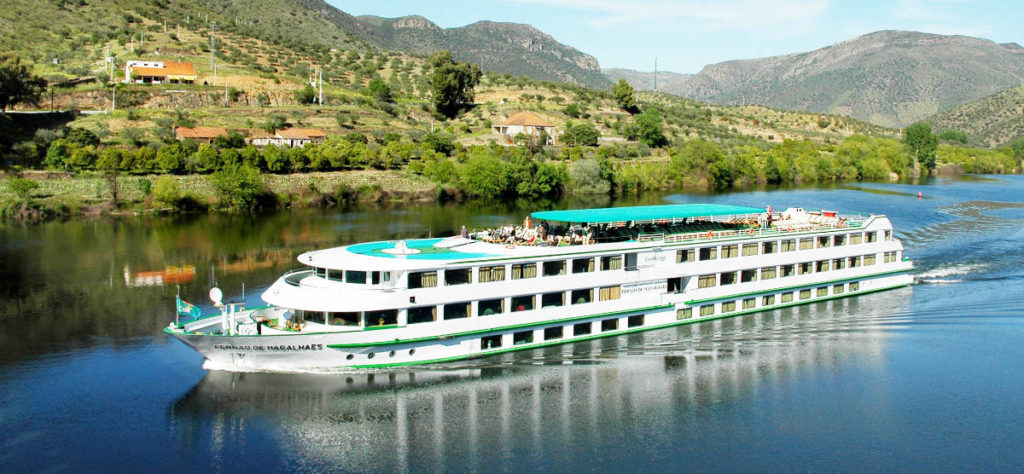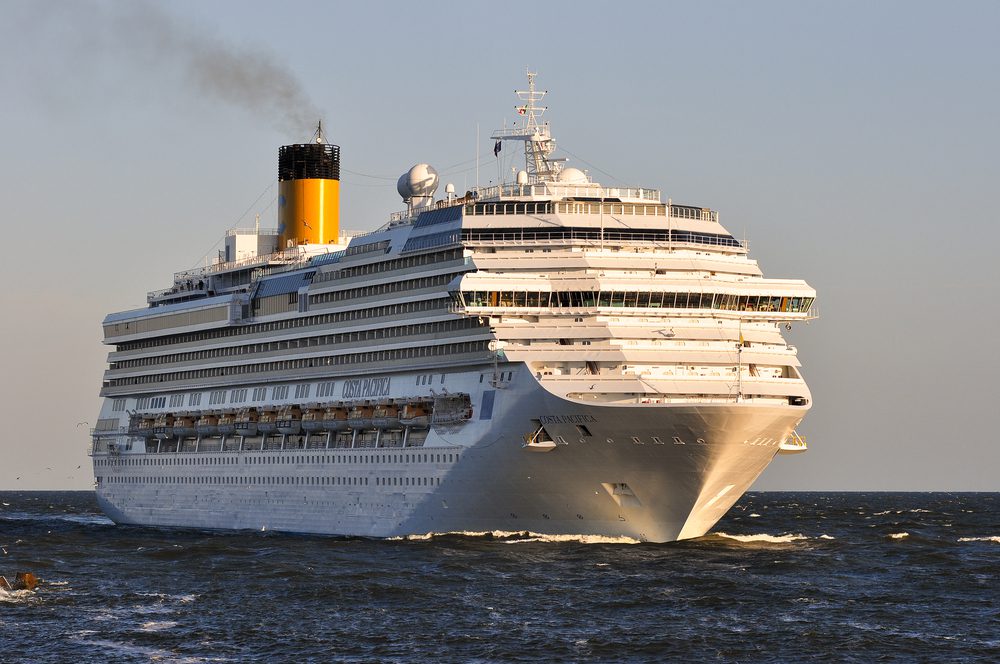Table Of Content

These generators are capable of producing high amounts of power, meeting the considerable energy demands of the ship’s propulsion, lighting, ventilation, and entertainment systems. On a side note, if the thought of diesel in the ocean disturbs you, there is some good news! Thankfully, more and more environmentally friendly options are appearing for cruise ships. For example, liquified Natural Gas (LNG) is an alternative method for powering ships that burns natural gas for power.
Harvesting Solar Energy Way of the Future
Because the pistons are fired by a consistent flow of electricity rather than burning fuel, they move at the most efficient speed. Electricity is also used to pump cool seawater through the engines to cool them and prevent overheating. Gas fuel eliminates all the bad emissions - soot and sulfur oxides.
How much fuel do cruise ships use?
The main reason for this separation is safety, such as if there is an engine fire. Engines use diesel fuel, which, when ignited, drives the engine pistons up and down. The pistons are attached to a crankshaft, and the action of the pistons turns the crankshaft, which is attached to the propeller. The cylindrical rotor sail has a height of 24 m (79 ft) and a diameter of 4 m (13 ft). The technology is based on the "Flettner rotor" (patented by Anton Flettner in 1922) and uses the so-called "Magnus effect" - the spinning rotor (rotating cylinder) drags airflow faster around one side. This creates pressure/speed difference that moves it in the direction of the opposite (lower-pressure) side, creating a force at a right angle to the direction of the wind.
Battery Banks
Propulsion is diesel-electric (2x shafts with fixed-pitch propellers) and wind-assisted (with 1x rotor sail). LNG tanks are two (type C / vacuum insulated), each with capacity 200 m3 and weight 140 tons (LNG weight 85 tons per tank). The 3rd Oasis-class ship - Harmony of the Seas, is currently the most technologically advanced and energy-efficient cruise vessel ever built. Gas turbine engines (being aero-derivative) generate heat which is transformed from mechanical energy into electricity. Hot exhaust is made over a turbine that spins to drive mechanically a shaft. The same way works diesel-electric engines, yet they use a direct drive system, not a turbine.
Norwegian Cruise Line Explains After Switching Port
Cruise lines also benefit from lower operational costs since these engines don’t require a standard scrubber system to be installed. Costs are further reduced since cruise lines no longer need to purchase a low sulfur-based fuel, which can be costly. Liquefied natural gas (LNG), which burns cleaner, is a non-electric marine fuel that reduces the emission of sulfur by %, carbon dioxide by 25%, and nitrogen oxide by 90%. Additionally, greenhouse emissions are reduced by 30%, eliminating particulate matter coming from the ship’s exhaust. One obstacle is that the insides of a cruise ship have to berearranged to take LNG fuel. Natural gas used by ships has to be liquefied toreduce its volume, then kept at a temperature of 260 degrees below zero.
Cruise Season Preview
Plug it in! NYC lawmakers want diesel-powered cruise ships to connect to shore power or leave - amNY
Plug it in! NYC lawmakers want diesel-powered cruise ships to connect to shore power or leave.
Posted: Sun, 18 Feb 2024 08:00:00 GMT [source]
Her designer Stephen Payne showed the advantages of pod-propulsion giving vessels increased maneuverability. The propellers (screws) of the QM2 ship are mounted on the pods which rotate 360 degrees and provide advanced maneuverability. He made the choice to put pods - though relatively new and yet untested for big ships. Royal Caribbean vessels of Oasis, Freedom, and Voyager classes have pod-propulsion as many other big ships, which is opposed to the fixed traditional screws which push in one direction only. All ships rely on propellers/screws to be pushed through the water, providing forward and reverse motion.
These technological developments in cruise ship engines demonstrate the industry’s commitment to sustainable practices and reducing environmental impact. The adoption of LNG-powered engines and hybrid electric systems represents a significant step towards greener and more efficient cruise ship operations. Cruise ships traditionally used heavy fuel oil, but there is a growing shift towards cleaner fuels.
While berthed, the ship was successfully provided with LNG at all the itinerary's ports of call (Hamburg, Rotterdam, Le Havre, Southampton, Zeebrugge). “The eco-conscious element of cruise is only going to grow,” Menzies said. Which could mean that the willingness of travelers to embrace more outside-the-box fuel technology such as nuclear will continue to grow as well.

YSA Design rolls out concept for biomethanol-powered sailing cruise ship - Offshore Energy
YSA Design rolls out concept for biomethanol-powered sailing cruise ship.
Posted: Mon, 15 Apr 2024 09:51:38 GMT [source]
Almost all vessels will be upgraded with new hybrid powerplants that combine LNG-engines and batteries. The LNG cruise ship concept was first introduced by Wartsila (Finnish manufacturing company) and is based on drive shaft propulsion instead of azipods. The LNG tanks' location is in the upper deck area (right below the funnels).
AIDAprima (2016) is one of the world's most technologically advanced cruise vessels. The ship rides on a cushion of air, thus reducing frictions and fuel consumption, The new technology is called MALS ("Mitsubishi Air Lubrication System"), allowing the liner to glide on an air bubbles carpet. In November 2013, the manufacturing giant Rolls-Royce upgraded Hurtigruten's ship MS Richard With its new "Promas Lite" propulsion system (integrated propeller-rudder system). This is an older ship, and Promas Lite was the perfect choice as it is a combined "propeller-rudder" system increasing the efficiency of older passenger vessels with lesser tonnage. The upgrade significantly reduced Hurtigruten's operating costs on this vessel.
Since we’re in the cruising business, we find this stuff fascinating, too. That’s why we interviewed Chief Engineer Rhea Wilson and her team to get the inside scoop on everything related to ship mechanics and operations. They break down how cruise engines work, where the water you’re drinking comes from, how cruise ships detect icebergs, how they avoid icebergs, and — yeah, a lot of other iceberg-related questions. If you knew nothing about ship mechanics before, that’s about to change.
Many ships have self-service drink stations (for coffee, tea and hot chocolate) and soft-serve ice cream dispensers in the buffet or on the pool deck that are open long after food service hours have ended. Future fuels will inevitably be more expensive than those used today and many will require renewable energy as part of their manufacture, so using them in port is never going to be cheaper than plugging into the grid. The EU’s Climate Law, for example, includes a target of reducing the bloc’s GHG emissions by at least 55% by 2030, with a goal of climate neutrality by 2050.
The improved propeller efficiency was estimated to be between 11-14% at a cruising speed of 15 knots (17 mph / 28kph). ABB Azipod propulsion systems have a major impact on the vessel's operating efficiency - reducing energy consumption and bad emissions by up to 20%. All ships are supplied with emergency generators to maintain vital electrical power.
Cruise ship operators have stringent maintenance schedules and comprehensive maintenance protocols to detect and address potential issues before they become significant problems. This proactive approach to maintenance ensures that the engines remain in optimal operating condition, reducing the risk of unexpected breakdowns or accidents. Cruise ship engines need to comply with regulations related to ballast water management, waste management, and noise pollution. Engine selection takes into account technologies and systems that minimize these impacts, promoting sustainable practices throughout the ship’s lifecycle. The fuel efficiency of an engine is determined by various factors, including design, combustion efficiency, and propulsion system optimization.


No comments:
Post a Comment